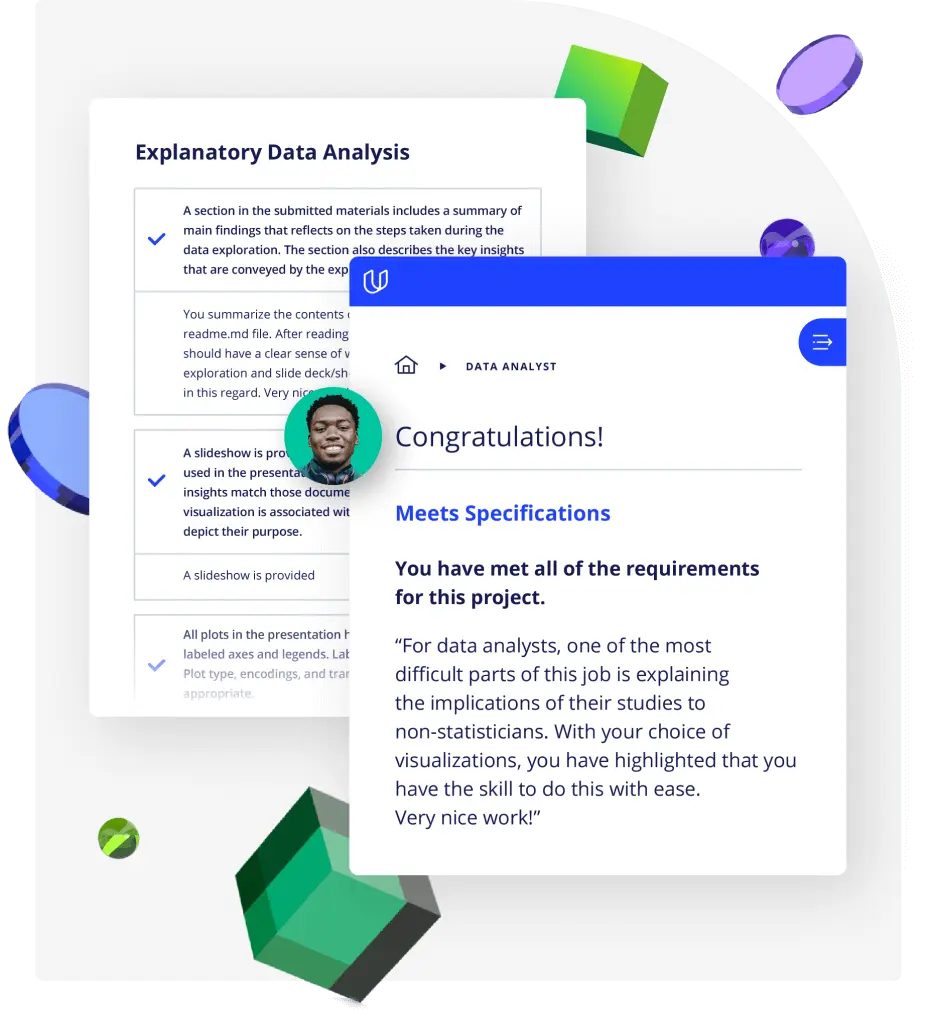
Sean Murdock
Professor at Brigham Young University Idaho
Sean currently teaches cybersecurity and DevOps courses at Brigham Young University Idaho. He has been a software engineer for over 16 years. Some of the most exciting projects he has worked on involved data pipelines for DNA processing and vehicle telematics.








